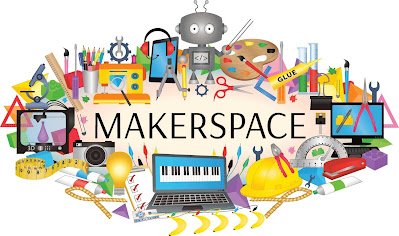Adaptive Technology: Dictation Tools
Adaptive Technology: Dictation Tools
 |
| Image from Understood.org |
With dictation tools, students are able to speak and the program or tool they are utilizing writes for them. This tool is beneficial for students with dyslexia, spelling issues, apraxia, or limb differences. It is often referred to as "speech-to-text" as it literally converts whatever a person is saying into typed out text.
Many programs and devices already come with dictation features available for free! To access this on an iOS device, this can be activated by pressing the microphone icon on the onscreen keyboard.
 |
| Image from AppleToolBox |
This video below features a quick and easy tutorial for using voice dictation on an Android device.
Microsoft Office also has a built-in dictation device called Dictate. It is very similar to the Apple and Android features, and can be accessed in a Word document for note taking, paper writing, and any assignments!
There are also some paid apps that can be dowloaded for more extensive use. One is called Dragon Dictation, and it can be used for working, completing documents, writing papers, and more! It boasts that it has a 99% accuracy rate with speech-to-text, and can be used in English and German. However, I feel that it is more useful for businesses, professional writers, or adult students, and not necessarily for elementary students.
According to this website, Rafal Reyzer says that using dictation apps actually improve his productivity because we are able to speak three times faster than we type! He also suggests these 10 Best Dictation Apps. Some are paid, but most are free and come with the apps we use each day already, such as Apple Dictation, Google Docs Voice Typing, and Siri.
In conclusion, dictation apps can be useful for all students! Most are free to access, and students are very capable and able when using them in their writing. They would benefit those that struggle with writing and spelling, but many professional writers also employ this useful tool! I think it would be a great tool for anyone to try on their own and share with students of all ages.
References:
AARP Online Learning Videos. (2015). Voice Dictation. YouTube. Retrieved July 9, 2022, from https://www.youtube.com/watch?v=clkQ1WFGPpU&t=29s.
Martin, J. (n.d.). Dictation technology for children. Understood. Retrieved July 9, 2022, from https://www.understood.org/en/articles/dictation-speech-to-text-technology-what-it-is-and-how-it-works
Microsoft Education. (2018). Use Dictate in the Classroom. YouTube. Retrieved July 9, 2022, from https://www.youtube.com/watch?v=trl2NjyLWdA.
Reyzer, R. (2022, June 12). 10 best dictation apps for writers (to get in 2022). Rafal Reyzer. Retrieved July 9, 2022, from https://rafalreyzer.com/best-dictation-apps-for-writers/




Comments
Post a Comment